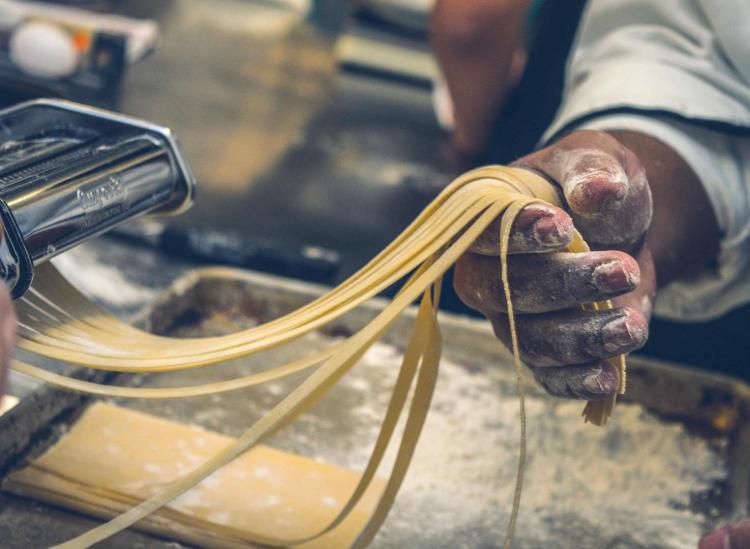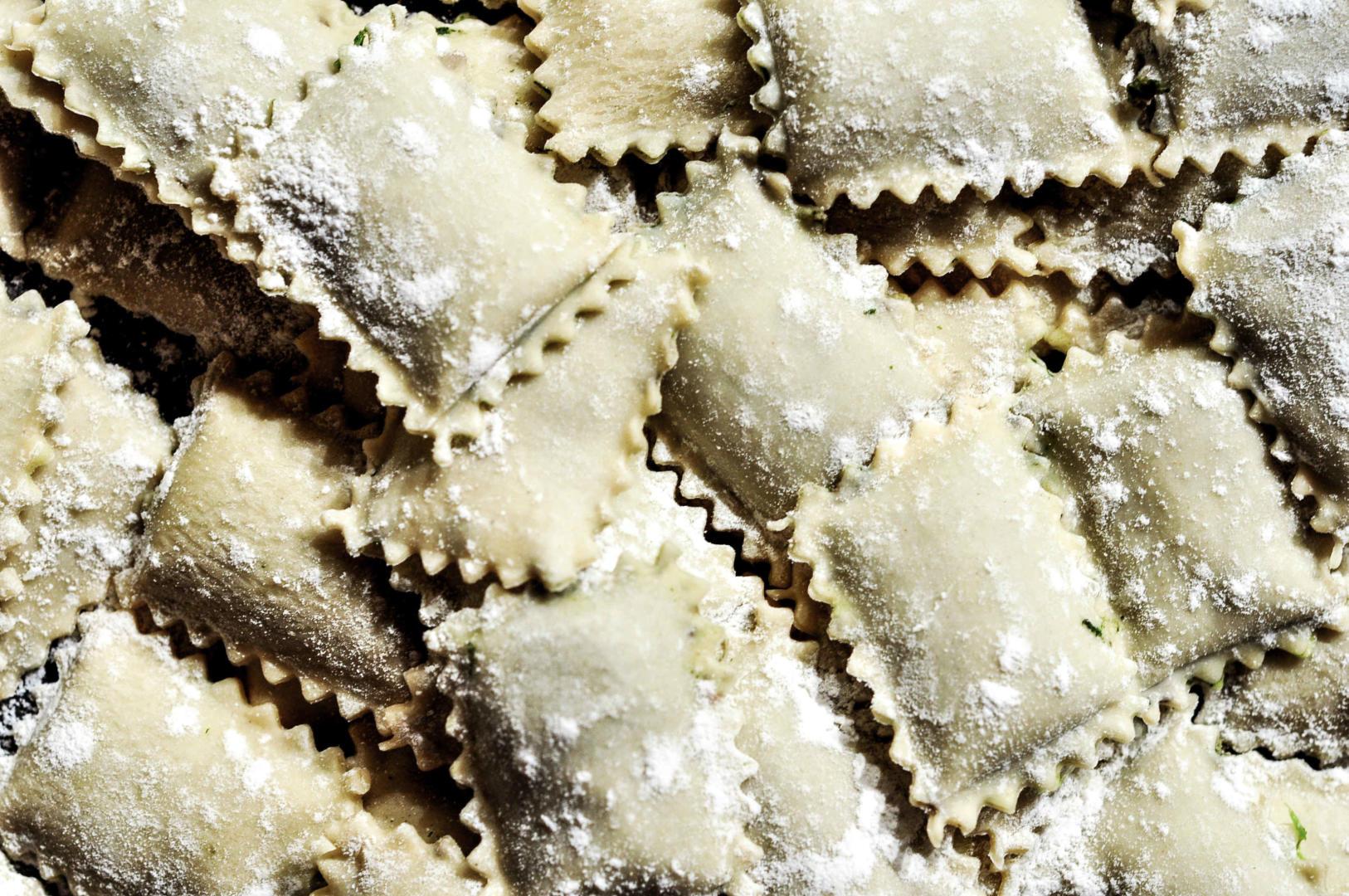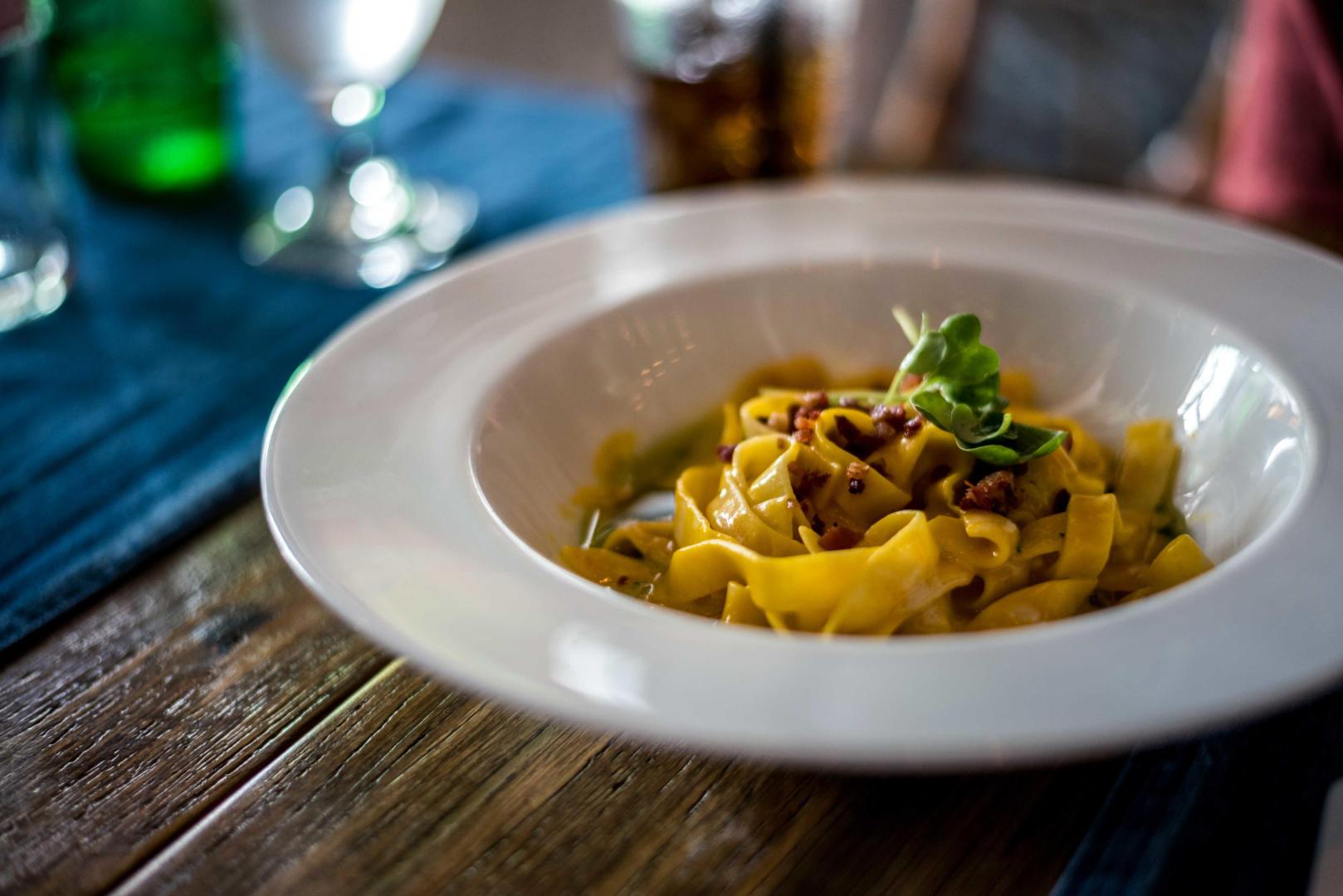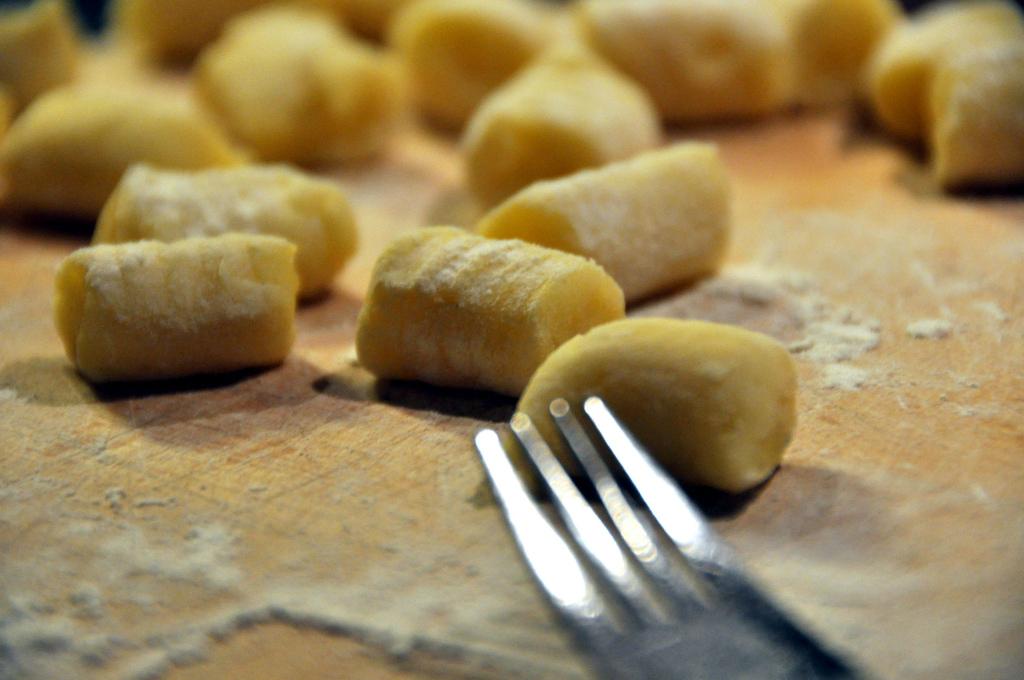You Don’t Have To Be A Chef To Make Easy Homemade Pasta

Unsplash
Making handmade pasta should be simple and fun. You don’t have to be a chef by any means to whip up a batch of fresh fettucini or gnocchi. If you have flour and eggs lying around the kitchen, fresh pasta is only a few steps away. You might get overwhelmed looking at all sorts of recipes online. Some call for only the yolks and some call for only whites. Do you add oil or salt? What’s the water to flour ratio? The truth is, there really is no perfect definition of pasta. While the idea may seem intimidating at first, once you get the basic technique down, you’ll never go for the store-bought stuff again.

Unsplash
There’s a big difference between fresh and dry pasta. Fresh pasta is made with flour and eggs, while dry pasta (the kind you buy at the grocery store) is made with flour and water. Fresh pasta is the perfect match for light sauces and the dry kind will hold up and keep its al dente texture against heartier sauces.
There are four main steps to making homemade pasta: mixing and kneading the dough, resting the dough, rolling the pasta and actually cooking it. Probably the most important part of the whole process is choosing the right ingredients. Since there are so few ingredients involved in making pasta from scratch, you should give some thought to the type of flour that you use. All-purpose flour is the easiest and the most common. Semolina flour is a little coarser, but also a common type for pasta-making and then there’s 00 Flour (or doppio zero flour in Italian), which is finely ground and will give your pasta the smoothest texture. Doppio zero flour might be a little harder to track down, but it’ll make for the most authentic pasta. Next, comes the eggs. If you’re deciding between water, egg whites and egg yolk, egg yolks are the way to go. This will give you a more flavorful noodle with a smoother texture and that picture-perfect golden color.

Unsplash
Pasta Assembly
A homemade pasta recipe by The New York Times offers the perfect example of how all of these simple ingredients come together. All you need is doppio zero flour, two whole eggs, three yolks and a little semolina flour for dusting, which helps the pasta from sticking together. Once you make the dough and let it sit, you can decide if you’re going to use a pasta maker (if you’re lucky enough to have one or have access to one), or you can use a rolling pin and get in a little arm workout. Just make sure to get the dough as thin as possible. Once you become a pro at dough-making, you can start flavoring the pasta with all kinds of herbs and other spices.

Flickr/Cyclonebill/CC BY
Fettucini is probably the easiest of the handmade pastas, but you can also experiment with different shapes like ravioli, orecchiette, tortellini, lasagna noodles, cavatelli and gnocchi. Gnocchi is also on the easier side and requires the least amount of equipment. You just boil potatoes until they’re tender and then mash them or use a potato ricer to get them nice and airy, combine with flour and eggs and roll out the dough into logs about 1-inch thick. Cut them into pieces about the size of your thumb and drop them into boiling water. When they’re finished cooking, the gnocchi will rise to the surface and you should serve them right away. Try the gnocchi with a fresh tomato sauce or a brown butter and sage sauce.
It’s really all about the dough, so once you master that perfect ratio of flour to egg, the rest is really easy and before you know it, you’ll be cooking up fresh pasta like it’s your job.











